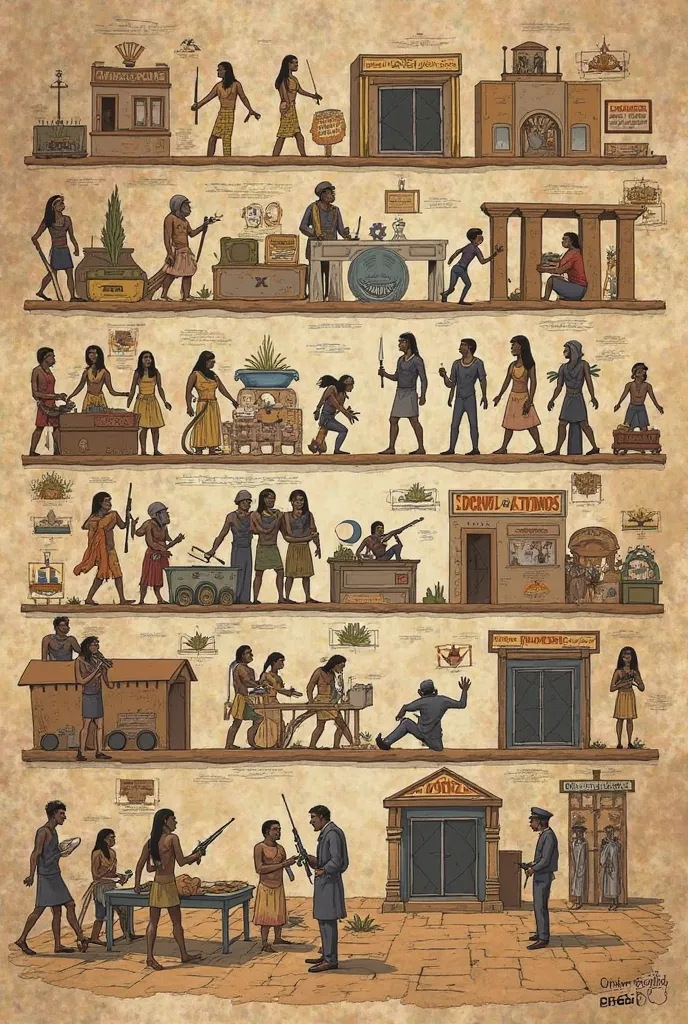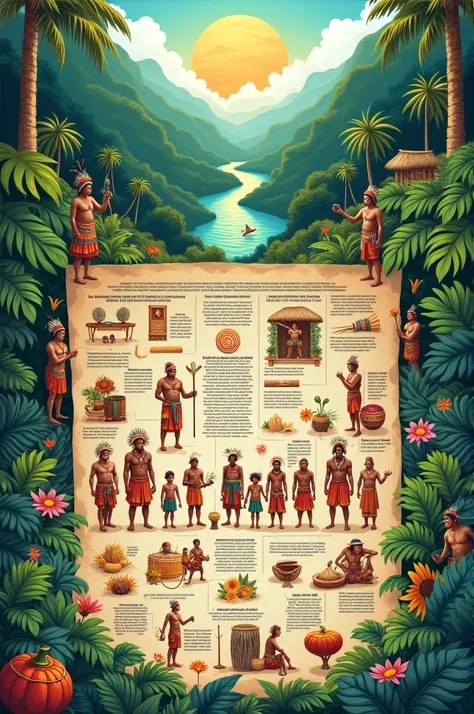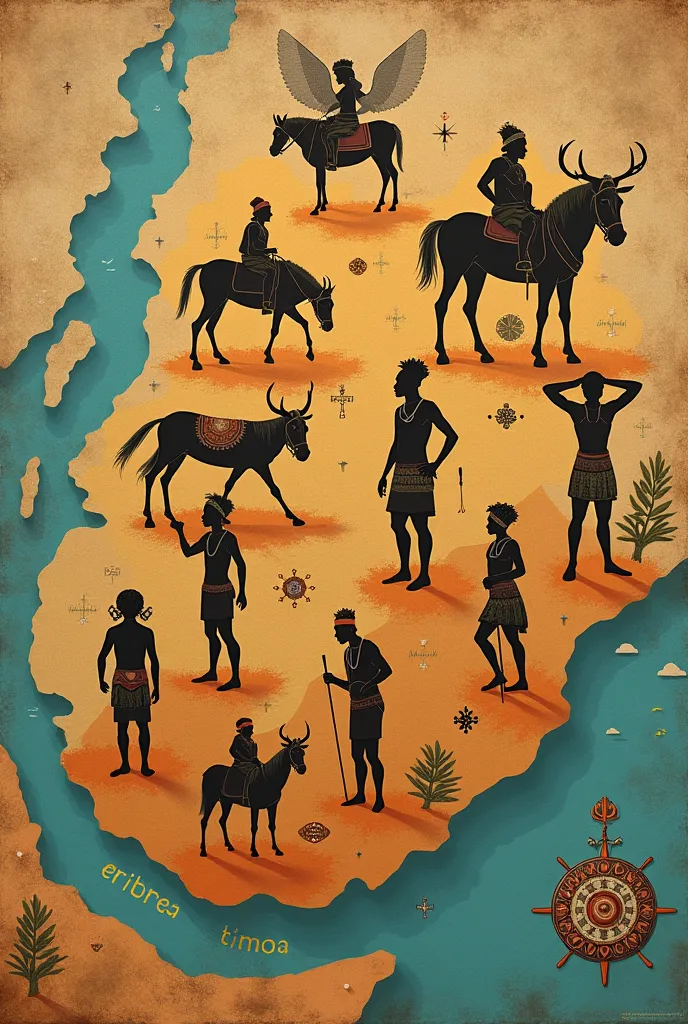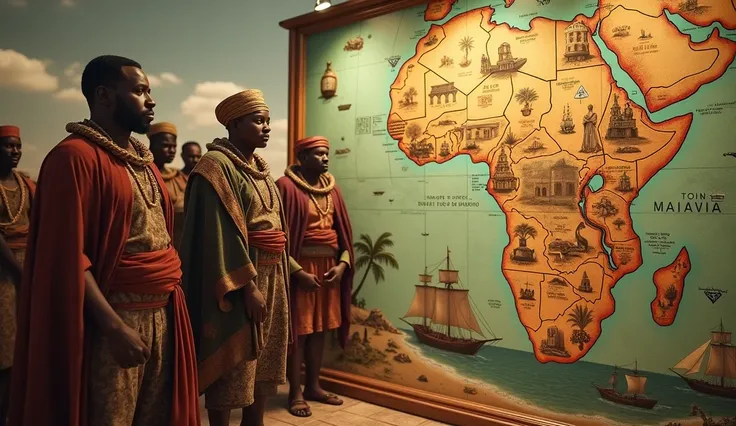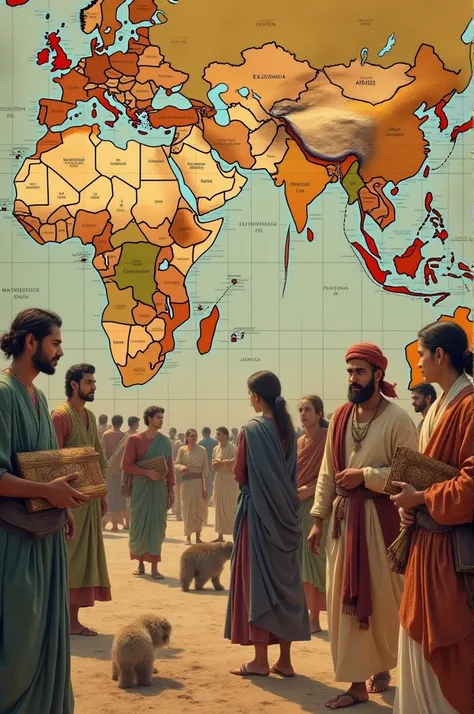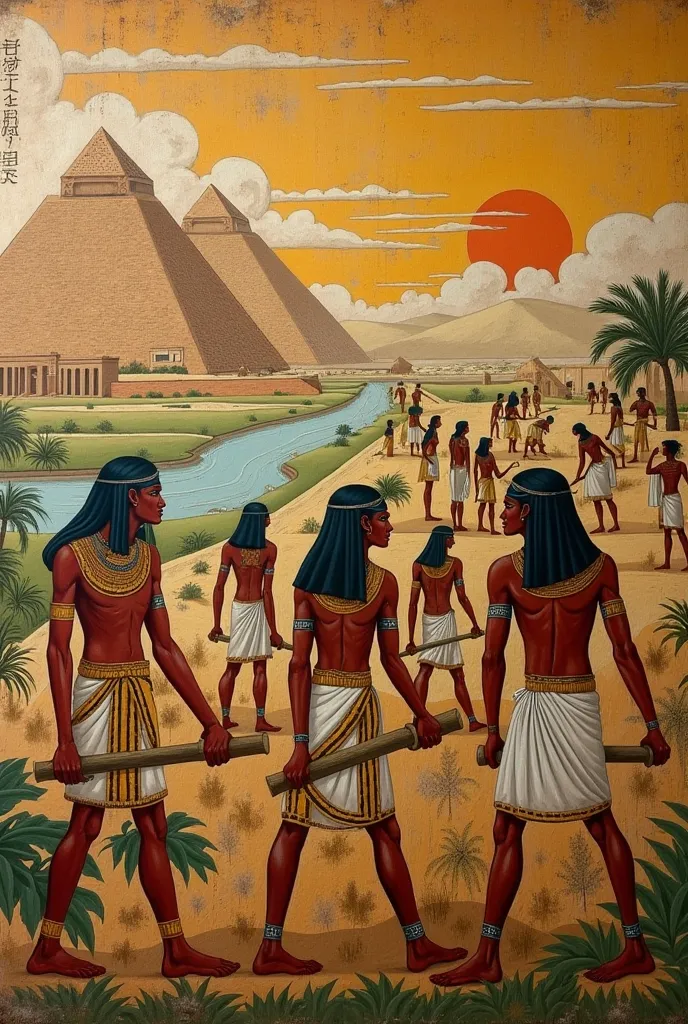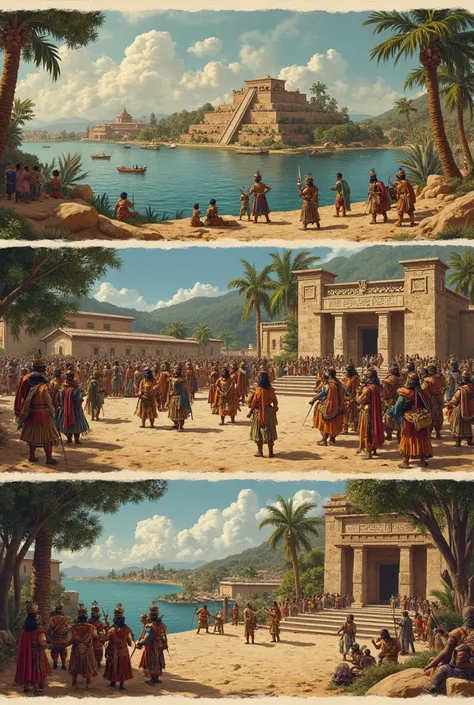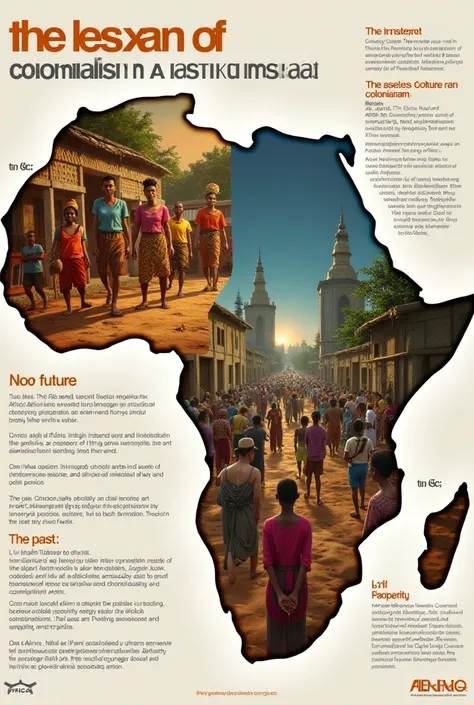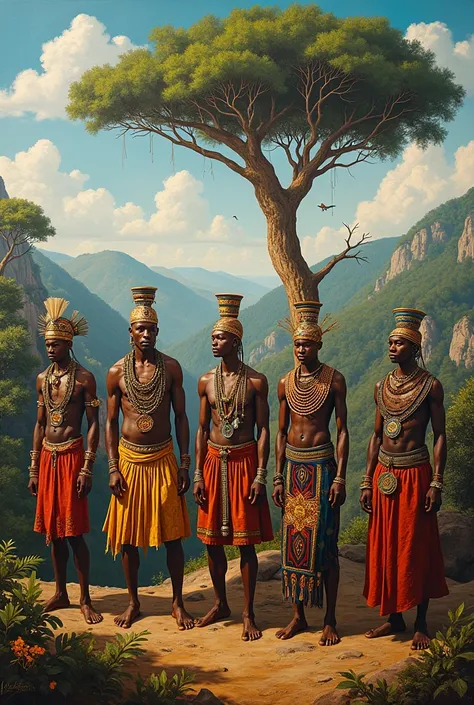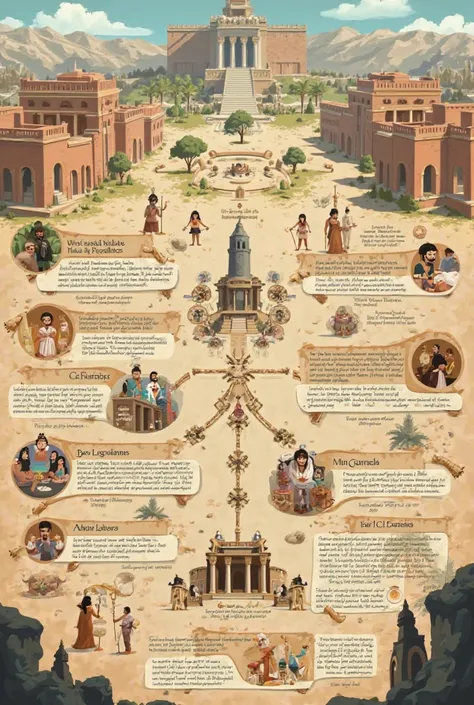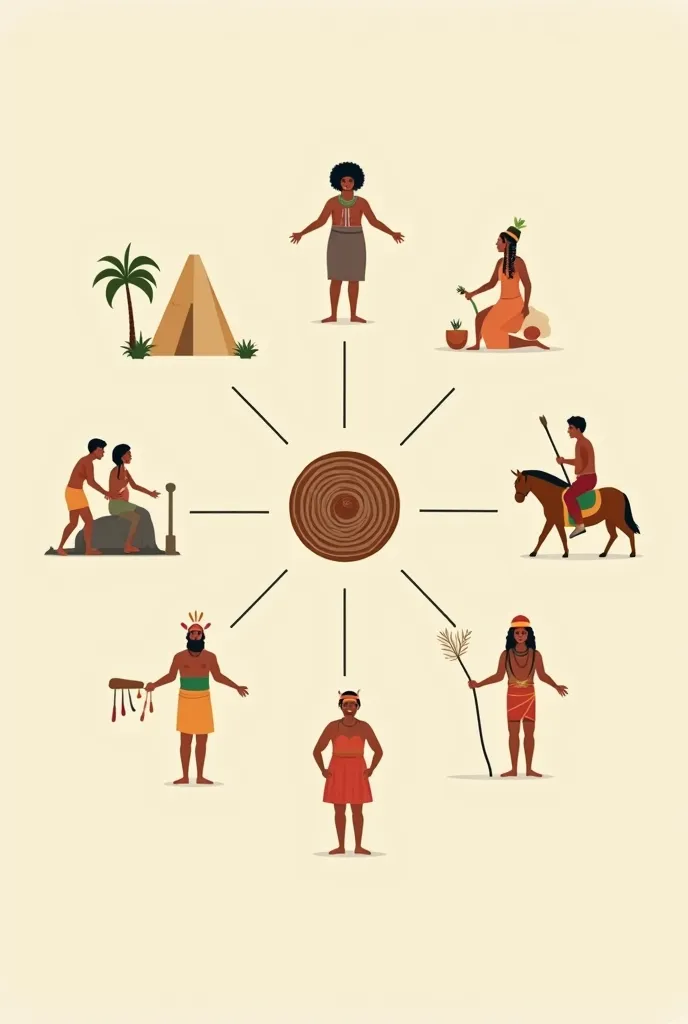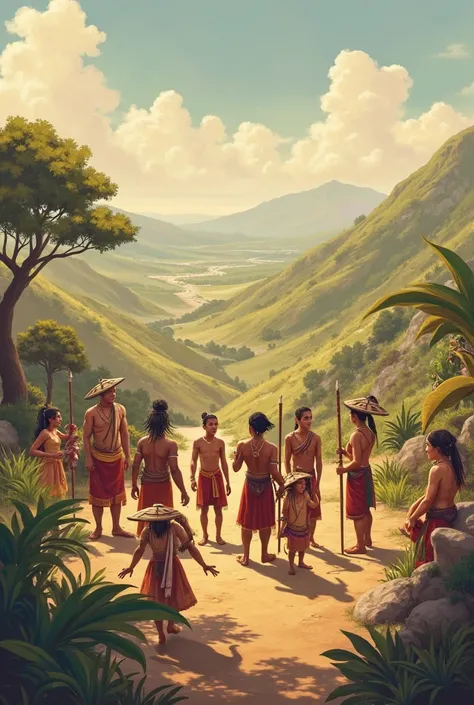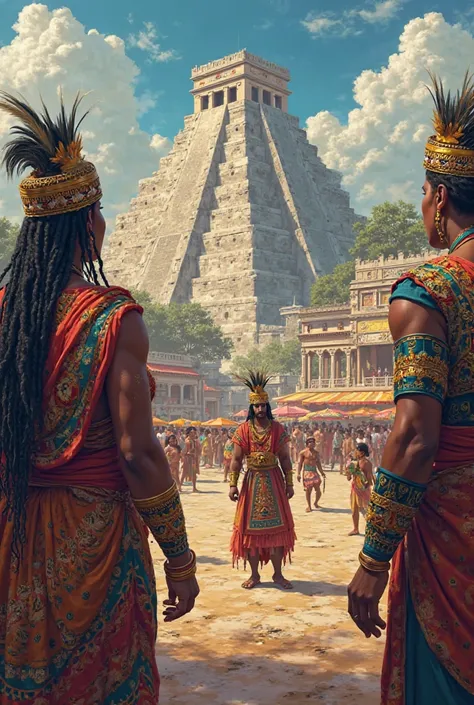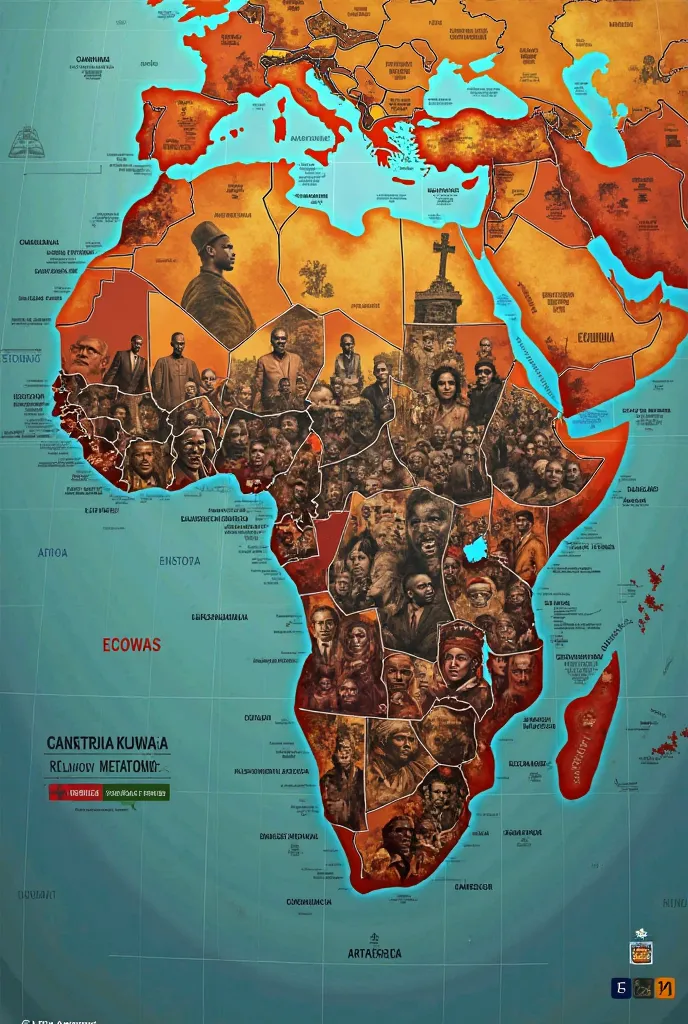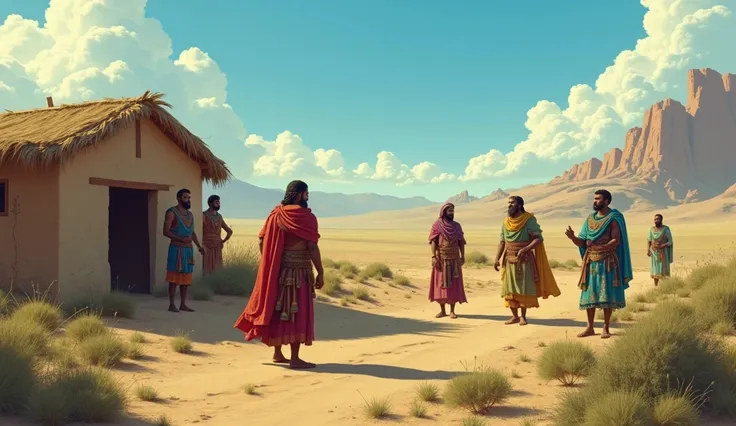To create a full-color illustrated timeline on the origin and evolution of admin

To create a full-color illustrated timeline on the origin and evolution of administration, We can organize it in the following key stages: 1. **Primitive Period**: - **illustration**: Groups of people organizing hunting or collecting fruits in groups, pointing out basic management for survival. - **Description**: Beginning of the organization and cooperation between individuals to carry out activities that ensure survival. 2. **Agricultural Period**: - **illustration**: Agricultural societies with peasants working in fields, building granaries and organizing production. - **Description**: Development of agriculture that led to the need to manage resources such as land and food, as well as the coordination of activities in larger communities. 3. **Greco-Latin Antiquity**: - **illustration**: Scenes from ancient Greece and Rome, showing philosophers like Socrates and Plato debating, and the Roman Senate managing the Empire. - **Description**: Management takes shape in government organizations, military and public works. Here the first concepts of administration and leadership are born. 4. **Feudalism**: - **illustration**: Medieval castles and villages with feudal lords overseeing lands and vassals. - **Description**: Hierarchical system of administration in which feudal lords administered lands, protection and resources in exchange for loyalty and services. 5. **Industrial Revolution**: - **illustration**: Factories with large chimneys, Industrial machinery and workers organized in production lines. - **Description**: Radical transformation of administration due to business growth, need to coordinate large numbers of employees, and the emergence of administrative theories to improve efficiency and productivity. 6. **Twentieth century**: - **illustration**: Modern office buildings with managers in meetings, diagram
提示詞
復製
To create a full-color illustrated timeline on the origin and evolution of administration
,
We can organize it in the following key stages:
1
.
**Primitive Period**:
- **illustration**: Groups of people organizing hunting or collecting fruits in groups
,
pointing out basic management for survival
.
- **Description**: Beginning of the organization and cooperation between individuals to carry out activities that ensure survival
.
2
.
**Agricultural Period**:
- **illustration**: Agricultural societies with peasants working in fields
,
building granaries and organizing production
.
- **Description**: Development of agriculture that led to the need to manage resources such as land and food
,
as well as the coordination of activities in larger communities
.
3
.
**Greco-Latin Antiquity**:
- **illustration**: Scenes from ancient Greece and Rome
,
showing philosophers like Socrates and Plato debating
,
and the Roman Senate managing the Empire
.
- **Description**: Management takes shape in government organizations
,
military and public works
.
Here the first concepts of administration and leadership are born
.
4
.
**Feudalism**:
- **illustration**: Medieval castles and villages with feudal lords overseeing lands and vassals
.
- **Description**: Hierarchical system of administration in which feudal lords administered lands
,
protection and resources in exchange for loyalty and services
.
5
.
**Industrial Revolution**:
- **illustration**: Factories with large chimneys
,
Industrial machinery and workers organized in production lines
.
- **Description**: Radical transformation of administration due to business growth
,
need to coordinate large numbers of employees
,
and the emergence of administrative theories to improve efficiency and productivity
.
6
.
**Twentieth century**:
- **illustration**: Modern office buildings with managers in meetings
,
diagram
信息
模型 & 風格

模型
SeaArt Infinity
#SeaArt Infinity
共 0 條評論
1
1
0










